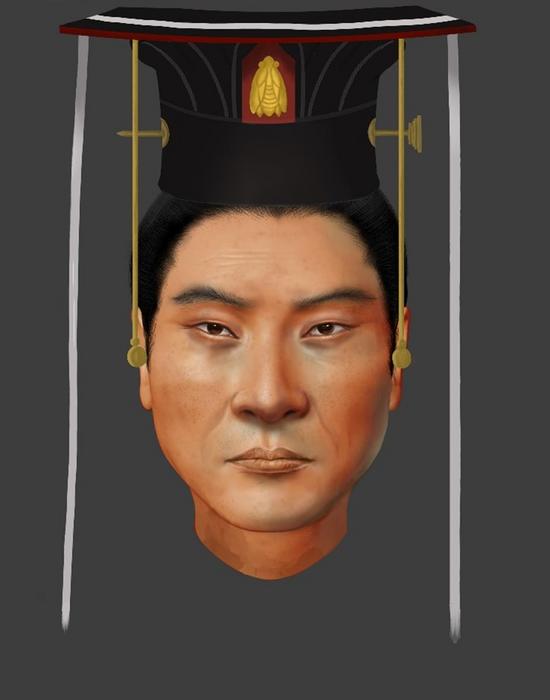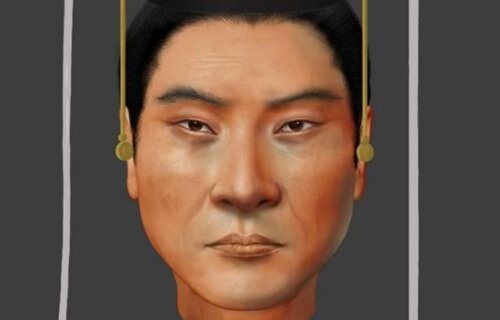SHANGHAI — The distant past doesn’t have to seem so far away. Case in point: a 1,500-year-old face reconstructed today with the magic of modern science. Scientists have successfully recreated the face of Chinese Emperor Wu of Northern Zhou using DNA extracted from his remains. Besides the visual implications, this groundbreaking work suggests the emperor’s death, at the age of 36, may have been due to a stroke.
Researchers add their findings also provide some much-needed insights into the origin and migration patterns of a nomadic empire that once ruled over large swathes of northeastern Asia.
Emperor Wu ruled the Northern Zhou dynasty in ancient China. His reign lasted from AD 560 to AD 578. During that time, researchers say Emperor Wu built a strong military and unified the northern part of ancient China thanks to his victory over the Northern Qi dynasty.
Ethnically, the study finds that Emperor Wu was Xianbei, an ancient nomadic group that settled in modern-day Mongolia, as well as northern and northeastern China.
“Some scholars said the Xianbei had ‘exotic’ looks, such as thick beard, high nose bridge, and yellow hair,” says Shaoqing Wen, one of the paper’s corresponding authors from Fudan University in Shanghai, in a media release. “Our analysis shows Emperor Wu had typical East or Northeast Asian facial characteristics.”
Emperor Wu’s tomb (containing his complete skull) was found in northwestern China in 1996. Fast forward to today, and thanks to the development of ancient DNA research in recent years, Wen and his team successfully recovered over one million single-nucleotide polymorphisms (SNPs) present in his DNA. Some contained information regarding the color of Emperor Wu’s skin and hair.
These findings, in combination with Emperor Wu’s skull, allowed the research team to reconstruct his face in 3D. The subsequent image portrays Emperor Wu as having brown eyes, black hair, and dark to intermediate skin. Study authors add his facial features were similar to those of present-day Northern and Eastern Asians.

“Our work brought historical figures to life,” notes Pianpian Wei, the paper’s co-corresponding author from Fudan University. “Previously, people had to rely on historical records or murals to picture what ancient people looked like. We are able to reveal the appearance of the Xianbei people directly.”
Emperor Wu passed away at the age of 36, and his son also died at a young age — although the cause is unknown. Some archaeologists speculate Emperor Wu died of illness, while others argue the emperor was the victim of poisoning by a rival. Through an analysis of Emperor Wu’s DNA, researchers determined the emperor was genetically at an increased risk for stroke, which may have contributed to his death. This finding aligns with historical records describing the emperor as having aphasia, drooping eyelids, and an abnormal gait — all possible stroke symptoms.
The genetic analysis also shows the Xianbei people intermarried with ethnically Han Chinese upon migrating southward into northern China.
“This is an important piece of information for understanding how ancient people spread in Eurasia and how they integrated with local people,” Wen adds.
Moving forward, researchers want to study the people who lived in the ancient Chang’an city in northwestern China using similar DNA analyses. Chang’an was the capital city of many Chinese empires over thousands of years and the eastern terminus of the Silk Road, a vital Eurasian trade network lasting from the second century BC until the 15th century. Study authors hope further DNA analyses can reveal more information about how people migrated and exchanged cultures across ancient China.
The study is published in the journal Current Biology.
